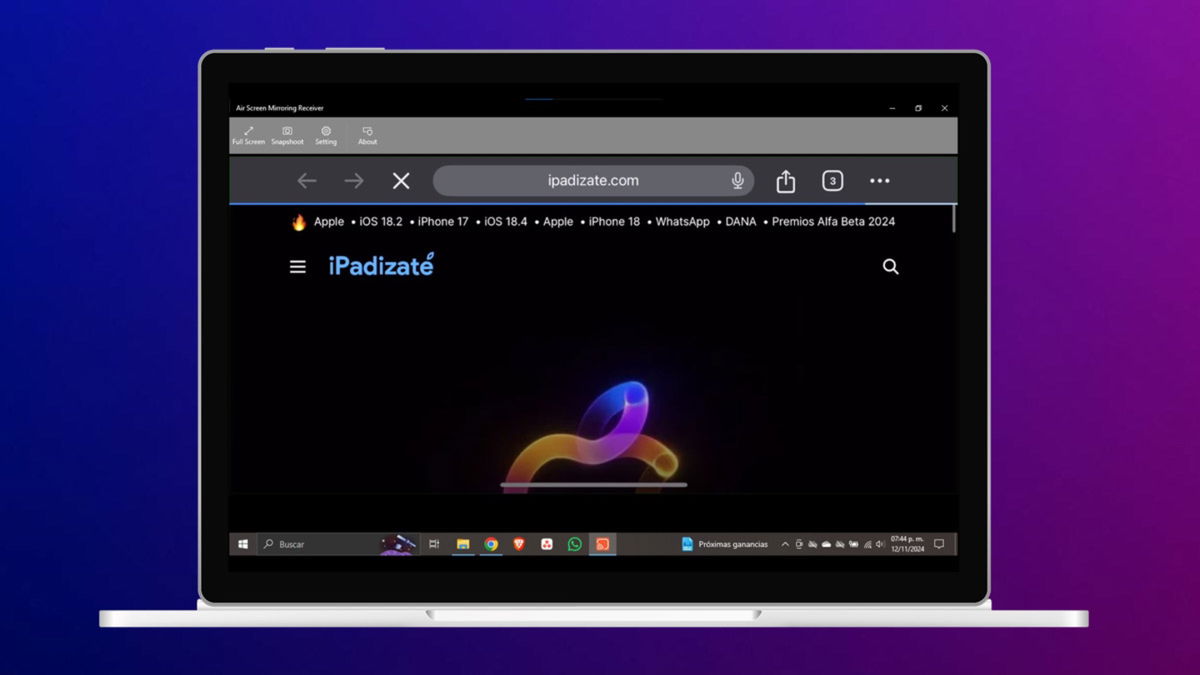According to Counterpoint, the iPhone 12 is significantly more expensive to manufacture than its successor, the iPhone 11. The information is based on a individual cost analysis of the components that are part of the new phone and it gives us an interesting perspective on the costs, margins, R&D and other variables of the final price of our favorite phones.
More components and higher price

Counterpoint Analysis estimates the cost of the various components of the US version of the iPhone 12 at $ 431. A 26% increase over the iPhone 11
Producing a 128GB iPhone 12mmWave (millimeter wave) smartphone will cost Apple up to $ 431, 26% more than the iPhone 11, according to the latest analysis of Counterpoint’s component research practice. Despite the savings of over $ 27 due to the simplified RF design, the cost of the sub-6 GHz model nomenclature for overseas markets still increases by 18%.
Assuming a total of 38% for iPhones with mmWave, the cost of mixed media for the iPhone 12 with a 128GB NAND flash is almost $ 415, a 21% increase over its predecessor. The 5G processor, display and RF components are the main areas of increasing costs.
The cost of the A14 is also an increase. According to the data we have, this component alone increases by about $ 17 compared to the previous version, the A13. The switch from LCE to OLED for the display panel, meanwhile, is an additional $ 23 per unit.
It’s clear that the components that make up an iPhone don’t come cheap. And on top of that $ 431 we must add the cost of assembly and logistics, costs that accompany other more abstract things such as marketing or R&D.
In any case, it is clear that making an iPhone, especially at the scale at which Apple produces it, is an exercise in balances, balances and margins that allow such a good product to produce a sufficient margin. and at the same time to have an attractive price for all. A challenge.









